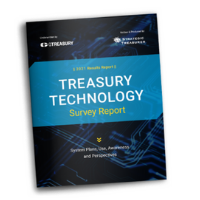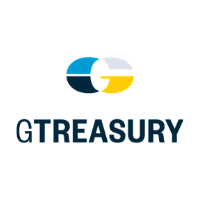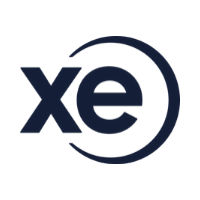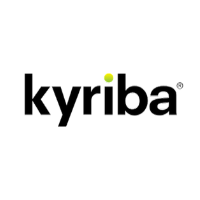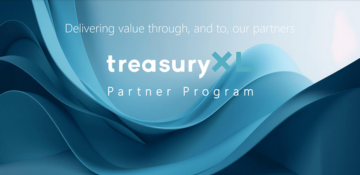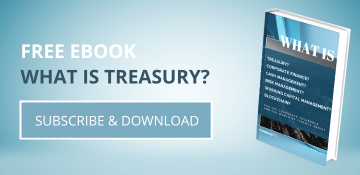2021 Treasury Technology Survey Report from GTreasury Shows Key Trends Affecting Treasury Modernization Across Organizations
22-07-2021 | Gtreasury |
The first-of-its-kind, in-depth global report details how far along treasury and finance teams are in digital transformation, the technologies they are most excited about, and where resistance remains.
CHICAGO – July 22, 2021 – GTreasury, a treasury and risk management platform provider, and Strategic Treasurer, which delivers consulting services for treasury management, security, technology, and compliance, today announced the release of the 2021 Treasury Technology Survey Report.
The comprehensive 50-question survey across myriad facets of treasury technology deployment, opinion, and planning drew responses from hundreds of treasurers, treasury analysts, and other treasury and finance professionals from around the world and across industries.
Highlights from the 2021 Treasury Technology Survey Report include:
- Significant growth anticipated. Payment factories, treasury aggregators, and TMS solutions are expected to realize 35-45 percent growth over the next two years.
- APIs are becoming must-have capabilities. Seventy-three percent of corporate treasury groups indicated that APIs are critical to their current processes. Machine learning capabilities are also drawing outsized focus from treasurers further along in their modernization initiatives.
- The gap between cash forecasting importance and reality is high. While cash forecasting is very important to 84% of treasurers, only 38% indicate they are performing at a high rate of accuracy.
- Fraud prevention gains a heightened focus. Thwarting fraud is a top focus for 77% when considering the application of new technology in product development. Treasurers also report high demand for incorporating automation into fraud prevention processes.
- Resistance to formats remains. Comparing legacy formats to newer and more enriched formats like XML, treasurers showed surprisingly high levels of resistance to adoption.
“Across continents and industries, treasurers are grappling with how best to transform their treasury technology stack to make processes more efficient and effective, and to drive visible value within their organizations,” said Pete Srejovic, Chief Technology Officer, GTreasury. “This survey provides a unique window into what excites and frustrates treasurers right now, and how the industry is approaching transformation in a quickly-moving ecosystem. This is a must-read report for treasury and finance professionals.”
The 2021 Treasury Technology Survey Report collected responses from March through April 2021, with 50+ questions and 250+ respondents. The full survey with all results and data is available for free download here.
Additionally, a webinar offering analysis of the report’s findings and featuring Srejovic and Craig Jeffery of Strategic Treasurer is available here.
About GTreasury
For more than 30 years, GTreasury has delivered the leading digital Treasury and Risk Management System (TRMS) to corporate treasurers across industries. With its continually innovating Software-as-a-Service platform, GTreasury provides customers with a single source of truth for all their cash, payments, and risk activities. The TRMS solution offers any combination of Cash Management, Payments, Financial Instruments, Risk Management, Accounting, Banking, and Hedge Accounting – seamlessly integrated, on-demand worldwide and fully secured. Headquartered in Chicago with offices serving EMEA (London) and APAC (Sydney and Manila), GTreasury’s global community includes more than 800 customers and 30+ industries reaching 160+ countries worldwide.
About Strategic Treasurer
Strategic Treasurer provides consulting services for treasury management, security, technology and compliance. Corporate clients, banks and fintech providers throughout the world rely on their advisory services and industry-leading research. Strategic Treasurer is headquartered in Atlanta, with consultants based out of Atlanta, Cleveland, Detroit and Washington D.C. To learn more, visit strategictreasurer.com.


